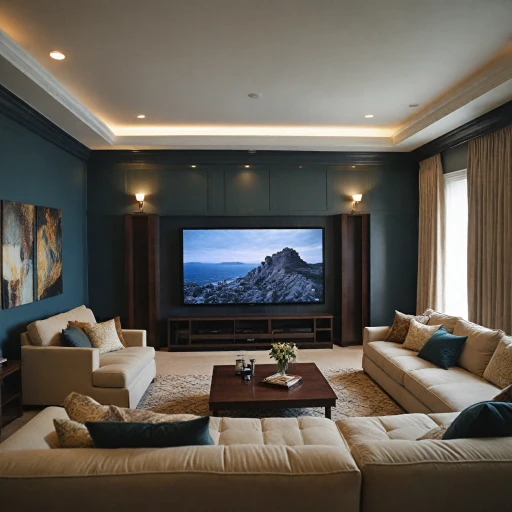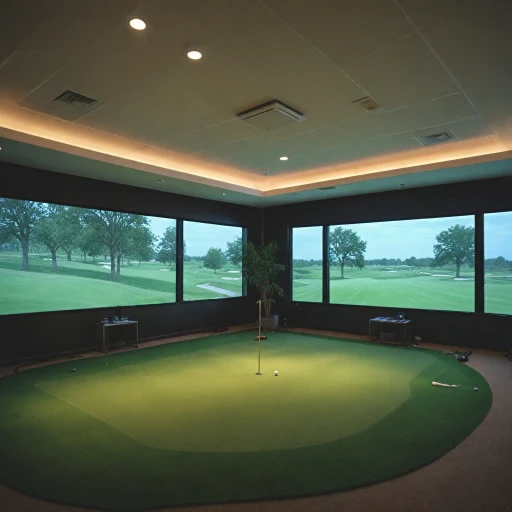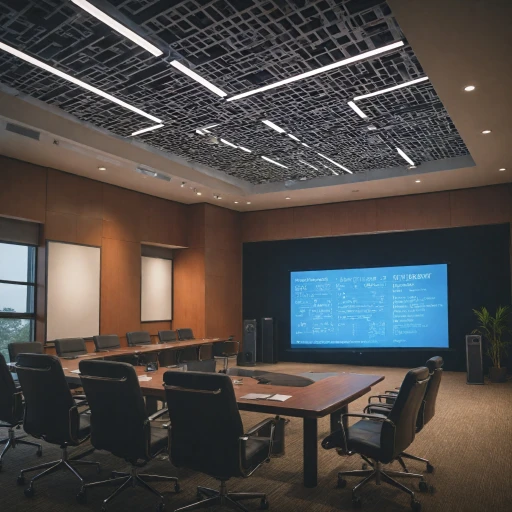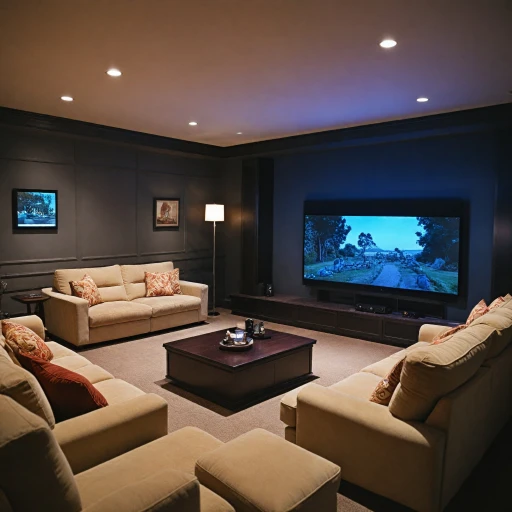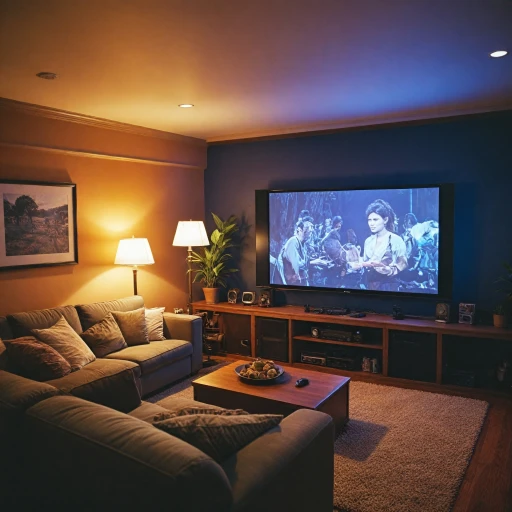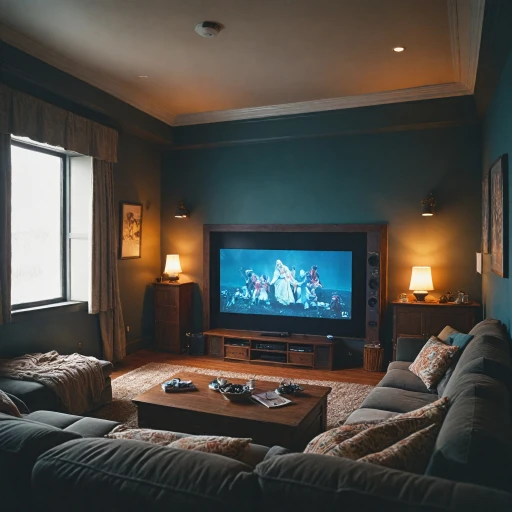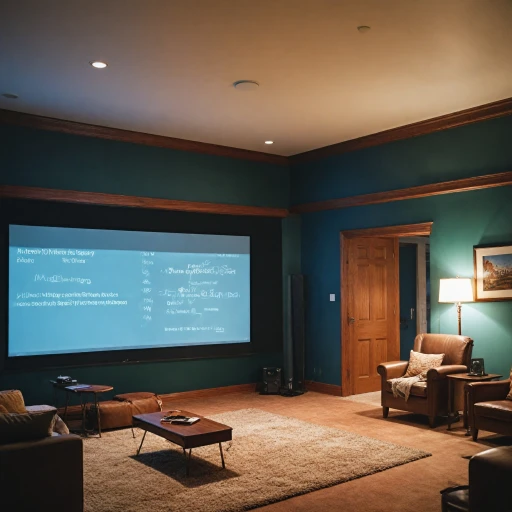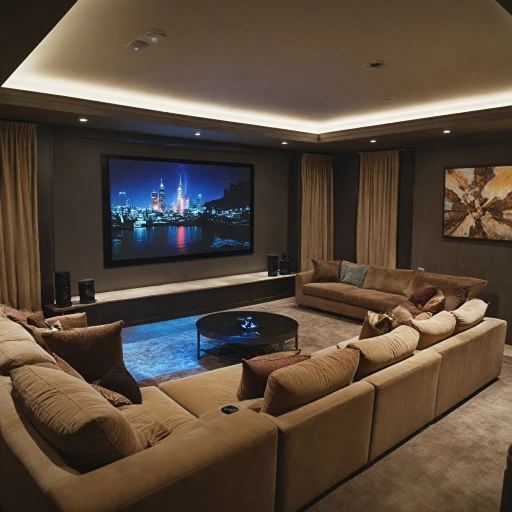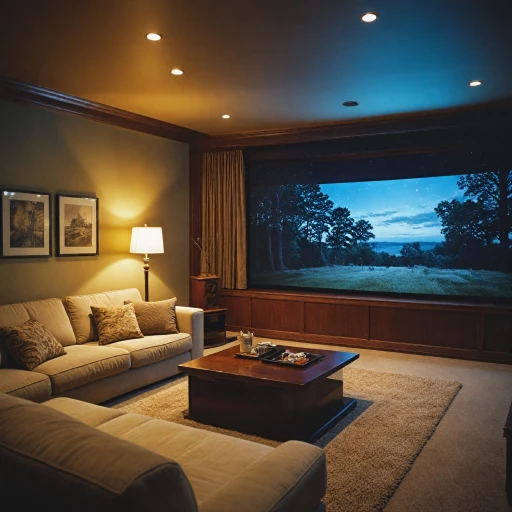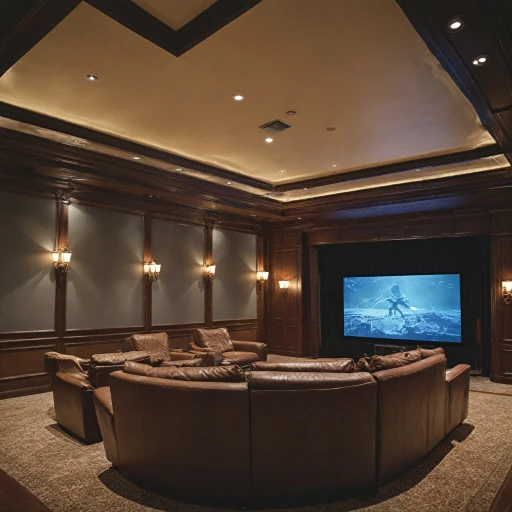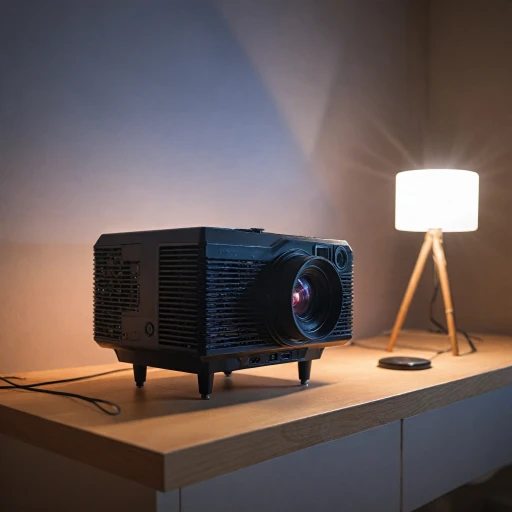
Understanding Standing Projectors
The Basics of Stand Projectors for Home Cinemas
Stand projectors are a convenient choice for individuals looking to create a cinematic experience at home. Unlike traditional ceiling-mounted projectors, stand projectors offer flexibility and portability, making them ideal for both indoor movie nights and outdoor gatherings. When selecting a stand projector, it’s crucial to consider various factors that influence the quality and usability of your home theater setup. Firstly, understand the significance of the projector's specifications. Choose a model that provides high image quality with the appropriate aspect ratio to ensure your films appear as intended. These units often work in tandem with projector screens that vary in material type, such as matte white or the increasingly popular silver screens, which can enhance color vibrancy and contrast. The screen itself can be mounted on different stands, ranging from the traditional tripod stand to more modern floor stands, which offer enhanced stability. Your selection should accommodate the size of your projection—often specified in inches—to ensure an optimal viewing experience whether you’re screening indoors or transforming your backyard with an outdoor projector setup. Furthermore, while projectors can be purchased independently, a package deal including a projector screen may offer free shipping and provide all the essentials you need to get started. For those interested in an alternative to front projection, rear-projection systems present a noteworthy option. For further insights on this approach, consider checking out how rear projection can enhance your home theater experience. When assessing stand projectors, remember to factor in price and product series offerings to find one that suits your budget and lifestyle needs. In subsequent sections, we'll delve into important features of stand projectors, setup tips, brand comparisons, and maintenance advice to ensure your equipment lasts.Key Features to Look For
Essential Characteristics to Prioritize
When selecting a standing projector for your home theater, understanding the key features is crucial to maximize your movie experience. It all starts with the resolution and brightness. Aim for at least a Full HD resolution for a sharp image, however, 4K is becoming more accessible and offers stunning detail for an immersive viewing experience. Brightness, measured in lumens, ensures clarity of your image; aim for 2500 lumens or higher, especially if you're considering an outdoor projector.
Next, consider the aspect ratio. The common choice for movie enthusiasts is the 16:9 widescreen ratio, ideal for modern films and most TV shows. Portability might also be a factor – a portable projector with a tripod stand offers flexibility, allowing easy transport for outdoor gatherings or different rooms inside the house.
Screen Material and Size
Alongside your projector, the screen plays a vital role in the quality of the projection. Opt for a matte white screen as it delivers excellent color representation and minimizes reflection, enhancing contrast. For those needing flexibility, elite screens with a pull projector function offer easy setup and storage. Additionally, consider free shipping options when making a purchase to manage expenses effectively.
The screen size is integral to your setup—measured diagonally in inches. A common home setup might utilize a screen size around 100-120 inches. For larger rooms or outdoor settings, a bigger screen might be necessary to fully enjoy blockbuster movies.
Mounting and Installation
Finally, think about how you will mount your projector. The choice between floor stands, tripod stands, and more permanent installations like ceiling mounts depend on your room's layout and personal preferences. If your setup changes frequently, a portable projector, alongside stands mounts, provides flexibility.
Placement and Setup Considerations
Optimal Positioning and Setup for Your Projector
When considering the placement of your standing projector, it's crucial to think about how the projector, screen, and room interact to create an immersive viewing experience. A projector's placement not only influences image quality but also impacts the room's functionality and aesthetics. Firstly, assess the size of your space and the projected image you desire. Ideally, the screen must be parallel to the projector for the best image alignment. An outdoor projector might need a different approach compared to an indoor setup, especially if you're using a portable projector on a tripod or floor stand. Measurements in inches are vital here—consider a pull projector with the correct screen size for your area. The aspect ratio of the projector screen you choose should match the content you'll primarily be viewing. Most movie screens sport a 16:9 ratio, though some users prefer different setups based on personal preference or source material, such as sports series or classic films. Selecting the right stand is equally important. Whether you're opting for a tripod stand or other screen stands, ensure stability and ease of adjustment. This step guarantees that the projection hits your screen material evenly and consistently. Stands mounts need to support the weight and design of the projector securely. When considering the setup, screen material plays a pivotal role. A matte white screen, like those offered by elite screens, can enhance your viewing with its uniform diffusion of light, offering excellent color reproduction. For those interested in rear projection, ensure your material supports it adequately. It’s worth noting that the market offers both portable projector screens and floor stand options that cater to various needs. If planning for outdoor use, ensure weather-resistant materials are considered, which offer robustness and a degree of portability. Choosing products with free shipping can also ease logistics. For further insights on whether 2450 ISO lumens are sufficient for a bright room setup, check out this comprehensive guide on enhancing your viewing experience with projection. This guide offers additional perspectives on optimizing your projector setup. Remember, thorough initial planning can save you from future setup hassles and enhance your projection screen experience.Comparing Brands and Models
Comparing Options for the Optimal Viewing Experience
- Screen Material: Matte screens are popular for indoor settings as they reduce reflections and offer clearer images. Elite Screens often feature matte materials to enhance cinematic presentations.
- Portability: If you plan to move your projector for outdoor movie nights, look for options with an outdoor projector and portable projector capabilities. Tripod stands are convenient if you need mobility.
- Projection Method: A rear projection setup can be advantageous in courtyards or during outdoor viewings, providing more flexibility without audience shadowing.
- Stand or Mount: Analyze the stability and height options of stands mounts. A floor stand or screen stand can offer ease of setup, especially for temporary setups.
- Aspect Ratio Compatibility: Different movie screens have varying aspect ratios. Ensure the projector screen matches your projector’s settings for an optimal viewing experience.
Budgeting for Your Standing Projector
Setting a Budget for Your Projector
When looking to purchase a standing projector for your home theater, budgeting is a critical step that you'll want to give proper attention to. With a range of features and prices on the market, finding the balance between cost and quality can help ensure that you make a wise investment that meets your needs. First, consider the core features that were highlighted earlier, such as the desired image resolution, brightness, and screen material. These factors will largely influence the pricing tiers. For instance, projectors with a higher lumens rating, which are better suited for outdoor projector use or rooms with ambient light, generally command a higher price. Moreover, think about where you might place your projector. While options such as elite screens and portable tripods seem attractive, their prices can vary significantly based on build quality and functionality. Some essential budget considerations:- Aspect Ratio Compatibility: Opt for a projector that offers the aspect ratio you frequently use, be it 16:9 for modern movies or 4:3 for classic content.
- Projection Screen Material: Matte white screens offer a balance of vibrant images and cost. Choosing pull or floor-standing projector screens can save costs over permanently mounted installations.
- Size and Portability: Portable projectors and screen stands might come with a higher upfront cost but offer flexibility and convenience for outdoor movie nights.
- Free Shipping Options: Don’t overlook websites that offer free shipping; such incentives can reduce your total expenditure.
Maintenance and Longevity Tips
Maintaining Your Standing Projector and Ensuring Longevity
To get the most out of your standing projector and extend its lifespan, taking care of maintenance is essential. Here are some key tips to ensure your projector remains in top-notch condition for your home theater experience.
- Regular Cleaning: Dust and debris can accumulate on the projector’s surface and inside its vents, potentially impacting its performance. Use a soft, dry cloth to clean the exterior and a gentle brush or compressed air for vents. This will help maintain the clarity of the image your projector displays.
- Lamp Care: The lamp is a crucial component of any projector. Keep track of its usage to estimate when it might need replacement. Most projectors have a lamp hour counter feature to assist you in monitoring. If your movie screen looks dimmer than usual, it might be time for a change.
- Screen Material Suitability: The choice of screen material, whether it is matte white or another variant, can influence the projection quality. Regularly assess the condition of your projection screen and replace it if you notice any signs of wear.
- Proper Storage: When not in use, especially for portable projectors or outdoor projectors, store them in a safe, dry place. Make use of a suitable projection screen stand or tripod to maintain its alignment and stability.
- Use the Correct Aspect Ratio: Ensure your projector is set to the correct aspect ratio for your movie screen to avoid image distortion and maintain optimal viewing experiences.
- Check for Software Updates: Manufacturers often release software updates for projectors. Keeping the software updated can ensure you're taking advantage of the latest features and improvements.
- Shipping and Handling: If your projector requires shipping for repairs, use the original packaging materials for protection. Many companies offer free shipping for repairs, which can be a price-saving benefit.
By incorporating these practices, you not only enhance the performance of your standing projector but also ensure it provides exceptional value over time. Whether you have an elite series projector or an affordable option, consistent maintenance can go a long way in preserving your home theater experience.

